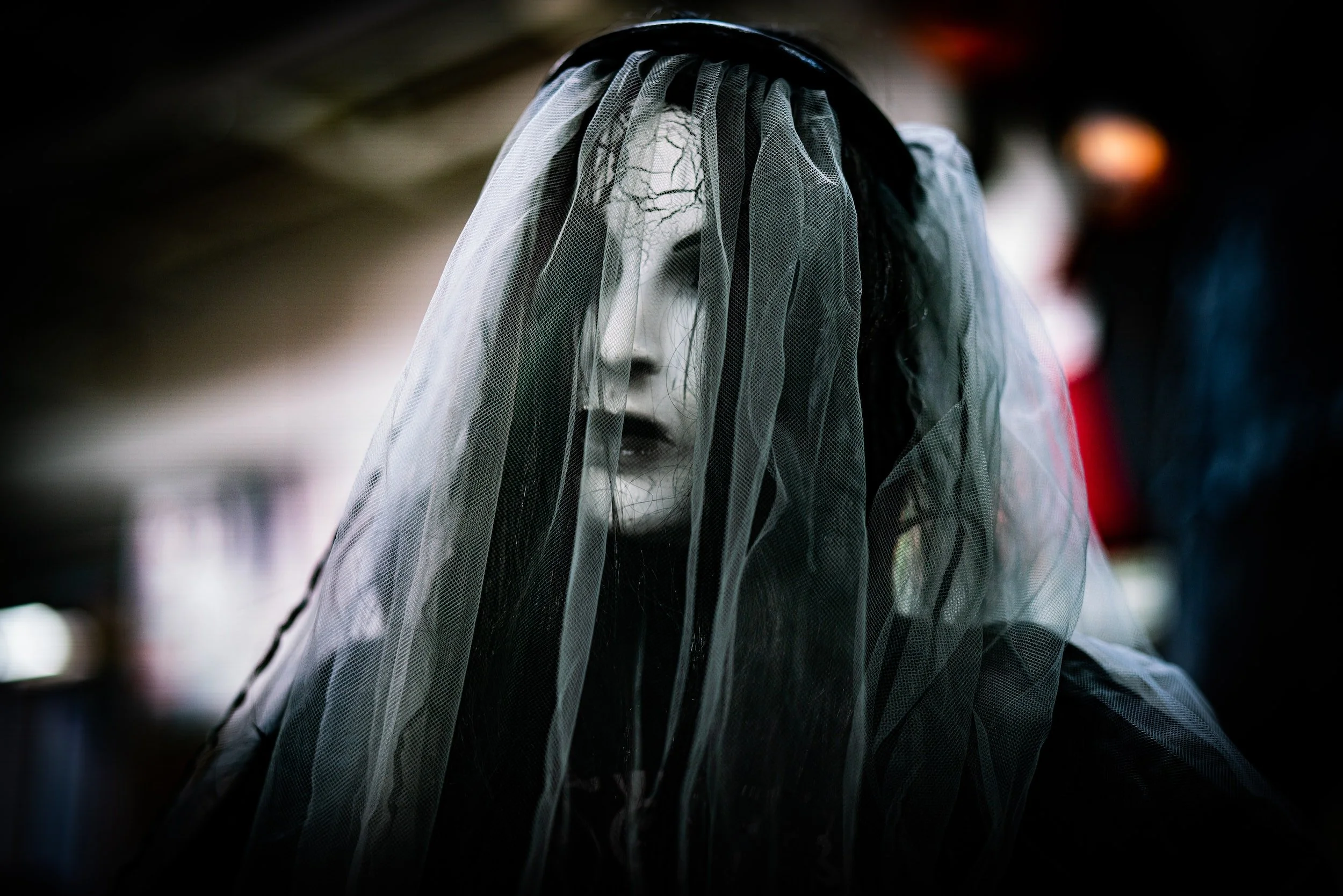Creating Characters for your Novel
The Process and Pitfalls to Avoid
Characters are an integral part of a story, whether they are the protagonist, antagonist, or side characters. Whether you’re writing a novel, a play, or even a screenplay, creating characters with depth will keep your readers engaged in your narrative. When creating a character, you want to make sure you start with the right persona. This post will cover some types of characters and the pitfalls you should avoid when creating them.
ONE |The Defining Traits
An important thing to remember when creating a character is that they should have a personality. This defines a character and makes them memorable. It is also important that the character has a flaw. The flaw, however, should not be the only thing that the character has going for them, but should be an integral part of their personality. A character that only has flaws will not be as interesting as reading about characters with a range of defining traits. In order to make your characters feel real, it’s important to know who they are and what they want. It is important both positive and negative aspects define a character’s personality.
TWO | The Character’s Persona
Creating characters is an important part of the writing process. The more complex and interesting your characters are, the better your story will be. One of the best ways to create a complex character is by giving them a persona.
Make them relatable - your reader should find it easy to relate the character to specifics of the story.
Make them likable - a likable character is one that a reader cares about. A good way to ensure that happens is to make the character care about something.
Make them sympathetic - make your characters vulnerable by saying or doing things that make the reader care what happens to them.
Make them flawed - introduce something to cause an otherwise likable character to be despised, or bring about their own downfall.
Make them unique - distinguish a character from others. Anyone can be beautiful and fascinating. But not everyone can be beautiful and fascinating and stinky. Stinky gives your character uniqueness.
THREE | The Pitfalls to Avoid
Every writer has different preferences for creating characters. Some writers like to create characters with a lot of depth while others like characters that are more flat. But no matter what preference you have, there are certain pitfalls that you should avoid when creating characters. The following is a short list of pitfalls that you should avoid when creating characters.
Creating a character that is too similar to yourself
Creating a character that is too similar to someone else
Creating a character that is too similar to an animal
Creating a character that has no depth
Creating a character that is too complex.
Actually, I take exception to number five. I love complex characters. Read my novel, Tantrum, for an example of a mother who is extremely complex.
FOUR | Character Roles
Many writers often struggle with creating characters. There are many types of characters and it is important to figure out which one you are writing about. If you are unsure, it is best to start with the basics. There are three distinct characters: Protagonist, Antagonist, and Point of View. The protagonist is the main character in the story and the main character is the one that the reader feels closest to. The antagonist is the person who is against the protagonist in the story. A point of view character is the one telling the story. If you are struggling with creating your protagonist, it would be best to start with the antagonist.
Conclusion
As you can see, creating your characters should involve some thought. By putting in some thought and effort into your characters, you’ll make them more likable and relatable to readers. You are developing for your readers the faces, emotions, and personality of the people they will interact with throughout your story. Make them believable and loved and hated. Make them appeal to your readers’ senses and they will yearn to see how they evolve. They will enjoy your novel.




